Electromechanical door latches: features and device
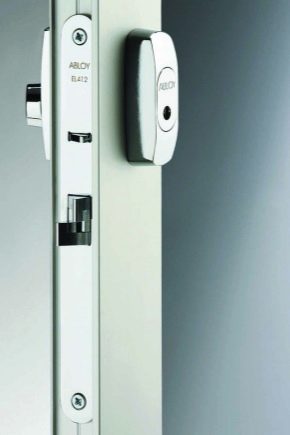
Locks provide reliable door protection. But it is not always possible to use them constantly, and it is completely illogical to put a lock on individual doors. To solve this problem, electromechanical latches are often used.

Advantages and disadvantages
A high-quality electromechanical latch provides a decent level of protection. Since there is no keyhole, potential intruders cannot pinpoint the exact location of the device. If the product is placed on a glass door, it will not spoil the appearance of the structure. Opening and closing is very easy because the role of mechanical components is minimized. If the entire system is well thought out, it will work reliably, and there is no need to make openings on the door leaf.
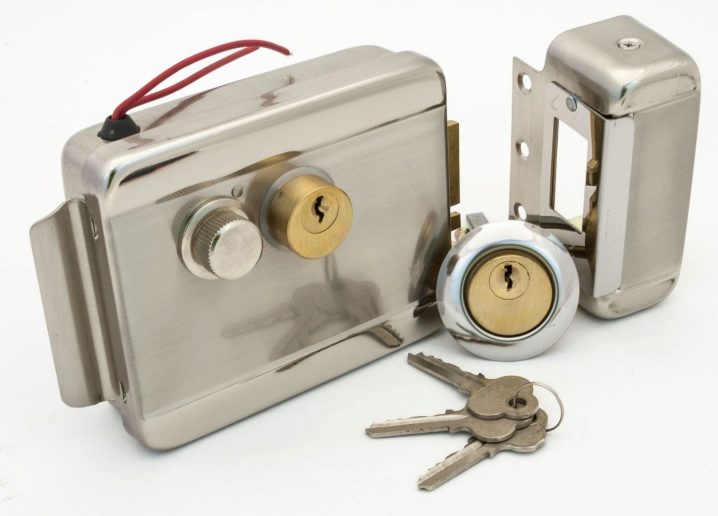
Many people are attracted by the ability to open an electromechanical latch from a distance. And also a useful feature of this technique is the silent operation of individual modifications. The simplicity of the design and the reduction in the number of moving parts increase the service life. But it is important to consider that electromechanical latches are more expensive than fully mechanical counterparts. In addition, only trained professionals should install them, and maintenance will be required from time to time.
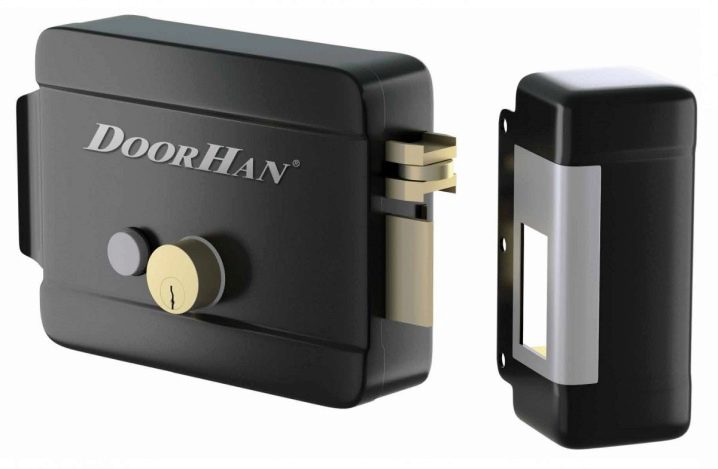
How does it work?
The principle of operation of an electromechanical latch is relatively simple. When the door is closed, the cocking bolt contacts the spring, as a result, the latch passes into the counter bar, the door leaf is closed. On some models, energization releases the spring catch and pushes the bolt back into the body, opening the sash. In other versions, all this happens when the current is turned off. There are electromagnetic latches that receive a signal pulse only when an electronic card is presented. There are models with a remote opening function - in them the signal is sent from wireless key fobs. These miniature mechanisms are replacing remote controls.
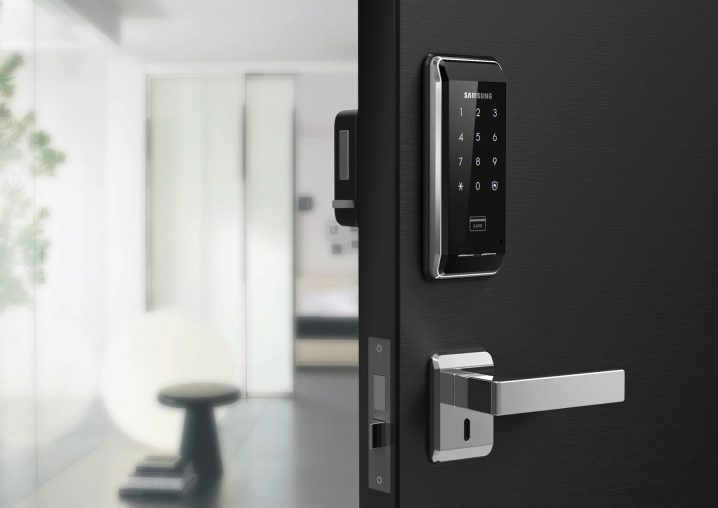
Varieties
The so-called normally closed latch can only open when an electric current is applied. When the unit is connected to AC power supplies, a special sound is emitted when triggered. If there is no voltage, that is, the electrical circuit is broken, the door will remain locked. An alternative to this system is the normally open latch. As long as current flows through it, the passage is closed. Only disconnection (breaking the circuit) allows the passage.
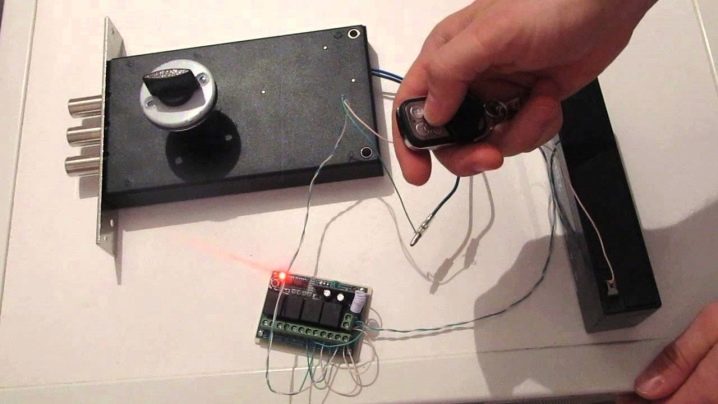
There are models with locking. They can open the door once if the coil receives the signal provided during the setup. Having received such a signal, the latch will be switched to the "open" mode until the door is fully opened. The device then immediately switches to hold mode. Locking latches differ from other models even externally: they have a special tongue located in the middle.
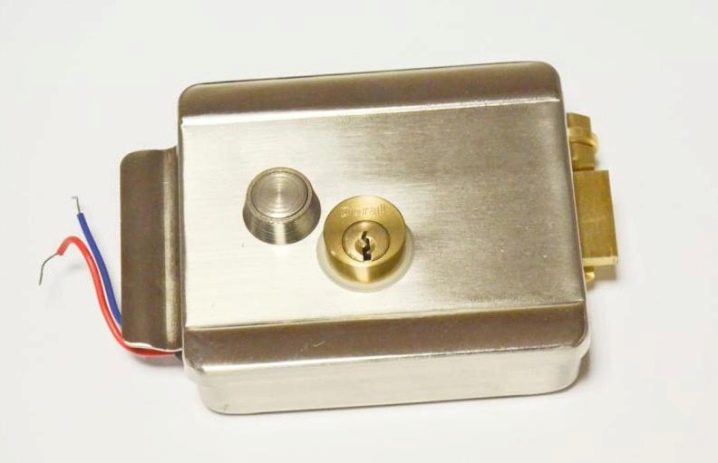
How to choose?
A surface-mounted electromechanical latch is usually not the main but an auxiliary locking device. That is, besides them, there must be some kind of castle. The advantages of such models are considered to be ease of installation and suitability for use on entrance doors, wickets, as well as on doors separating rooms. The mortise device, as its name implies, is located inside the doors. Outside, you can only see the housing fastening strips and counterparts.A mortise latch is needed mainly on doors of a unique design, which must fit into a special interior. If the decor in the room is more or less typical, overhead mechanisms should be preferred.

But when choosing electromechanical latches, you need to pay attention not only to this moment, it is also very important to take into account which door the device will be placed on. If you want to lock the front door made of metal, you will have to use a large latch. But smaller devices are installed on the plastic interior door. It is also recommended to take into account which way the door will open. There are electromechanical latches of the following types:
- for right doors;
- for doors with left-hand hinges;
- universal type.

In some cases, the constipation complements the already installed lock. Then you need to pay attention to the following nuances:
- the size of the shut-off element;
- distance between the lock and the striker;
- alignment of the main parts.
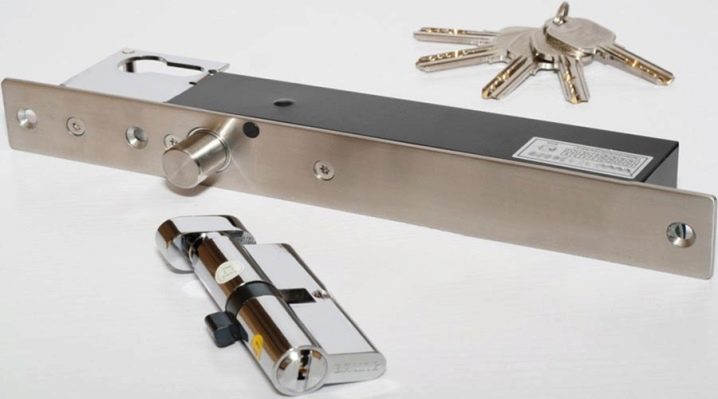
To choose the right latch for an already installed lock, it is best to remove the mechanism and show it in the store. But in addition, it is worth paying attention to the conditions under which the latch will be used. So, it is recommended to install moisture-proof systems on the entrance doors of entrances and on street gates. They are made in a special way, ensuring the tightness of the case, so that no precipitation can penetrate from the outside. If the door leads to a room where explosive substances are concentrated, preference should be given to pneumatic structures - they do not give a dangerous electric spark.
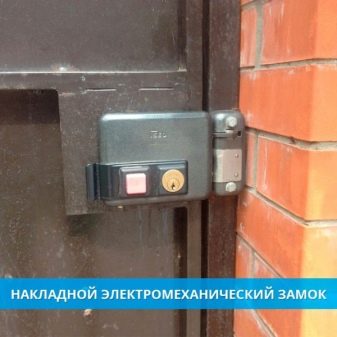

When choosing an electromechanical latch, it is necessary to pay attention to the load that it can carry. The more intensive the operation, the higher the required characteristics. If you need such functions as an unlocking and locking timer, an intercom, then you need to clarify their availability even when buying. Correct sizing also plays an important role. Along with the traditional versions, there are narrow and elongated types of latches (an elongated version is always better than a narrow one, it is protected from burglary).
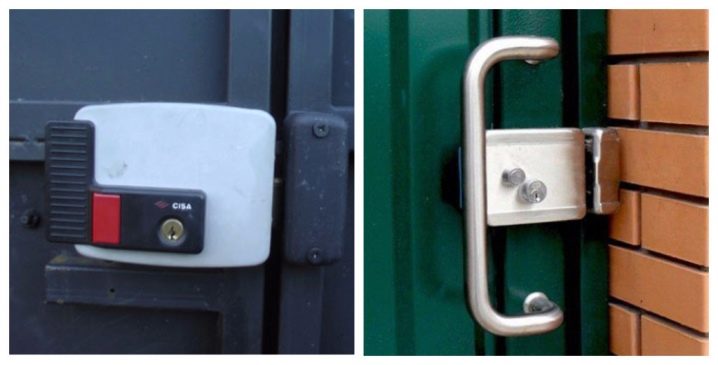
How to install?
The overhead version of the device is very easy to assemble with your own hands, no special skills are even required. It is worth adhering to the following algorithm:
- markings are applied to the door;
- holes are being prepared in the right places;
- the body and the striker are fixed;
- the device is connected to the electrical network, while the connection diagram recommended by the manufacturer must not be violated.
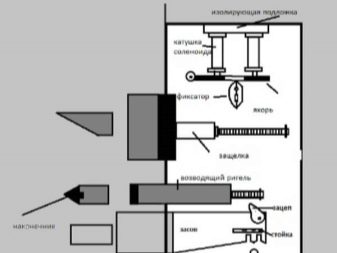
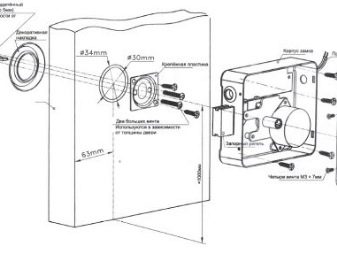
Installing a mortise latch is more time consuming. If you do not take into account the subtleties when working with a specific model, the technique will include the following steps:
- mark the canvas from the front side and at the end (the tongue will come out there);
- drill the end with a feather drill;
- preparing a niche for the latch body;
- fasten the body to the bolts;
- the mortise latch, like the consignment note, is connected to the mains.
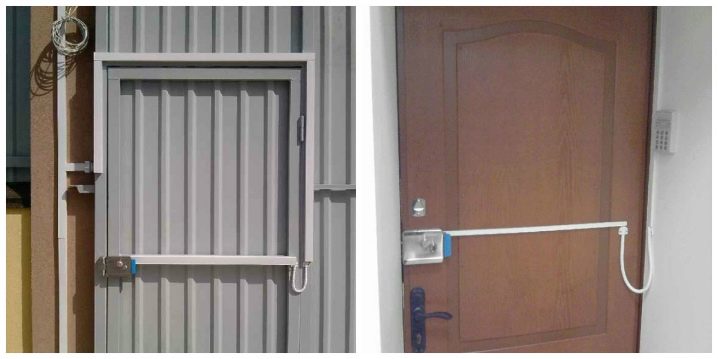
For the electromechanical latch YS 134 (S), see the video below.













The comment was sent successfully.